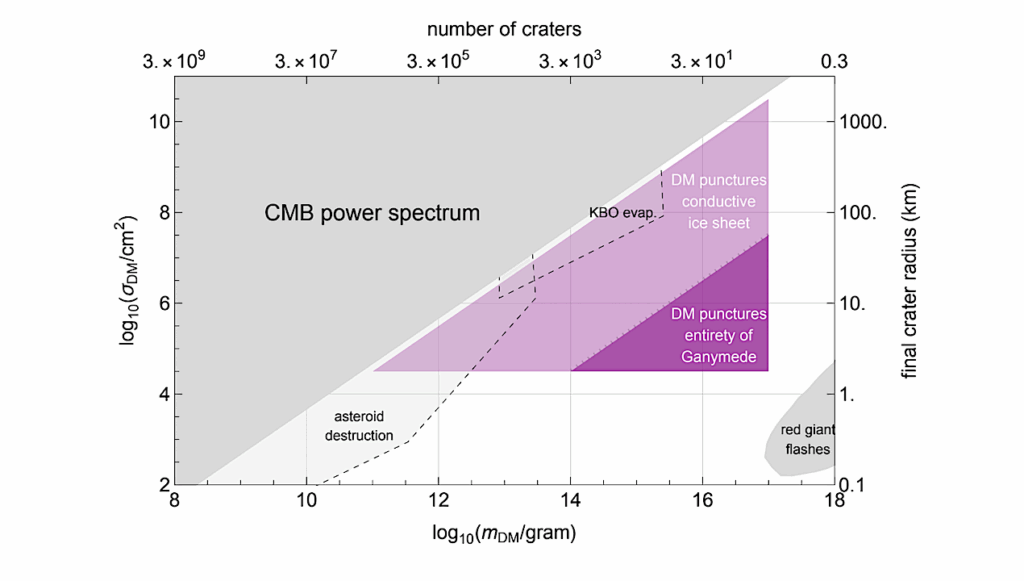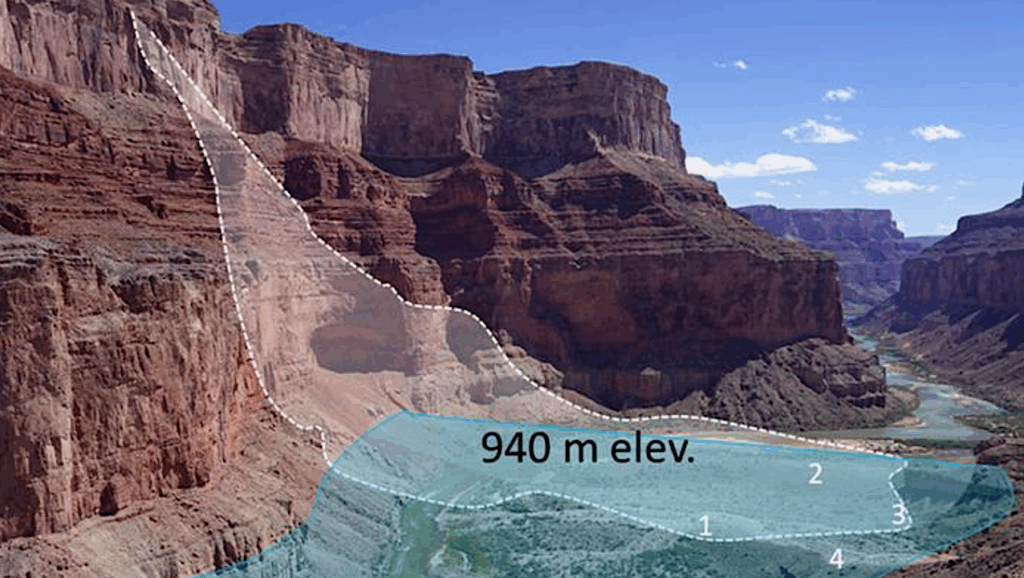Reduced Atmospheres Of Post-impact Worlds: The Early Earth

Impacts may have had a significant effect on the atmospheric chemistry of the early Earth. Reduced phases in the impactor (e.g., metallic iron) can reduce the planet’s H2O inventory to produce massive atmospheres rich in H2.
Whilst previous studies have focused on the interactions between the impactor and atmosphere in such scenarios, we investigate two further effects, 1) the distribution of the impactor’s iron inventory during impact between the target interior, target atmosphere, and escaping the target, and 2) interactions between the post-impact atmosphere and the impact-generated melt phase. We find that these two effects can potentially counterbalance each other, with the melt-atmosphere interactions acting to restore reducing power to the atmosphere that was initially accreted by the melt phase.
For a ∼1022kg impactor, when the iron accreted by the melt phase is fully available to reduce this melt, we find an equilibrium atmosphere with H2 column density ∼104molescm−2 (pH2∼120bars, XH2∼0.77), consistent with previous estimates. However, when the iron is not available to reduce the melt (e.g., sinking out in large diameter blobs), we find significantly less H2 (7×102−5×103molescm−2, pH2≲60bars, XH2≲0.41). These lower H2 abundances are sufficiently high that species important to prebiotic chemistry can form (e.g., NH3, HCN), but sufficiently low that the greenhouse heating effects associated with highly reducing atmospheres, which are problematic to such chemistry, are suppressed. The manner in which iron is accreted by the impact-generated melt phase is critical in determining the reducing power of the atmosphere and re-solidified melt pool in the aftermath of impact.
J. P. Itcovitz, A. S. P. Rae, R. I. Citron, S. T. Stewart, C. A. Sinclair, P. B. Rimmer, O. Shorttle
Comments: 34 Pages, 11 Figures, 3 Appendices, Accepted for publication in PSJ
Subjects: Earth and Planetary Astrophysics (astro-ph.EP)
Cite as: arXiv:2204.09946 [astro-ph.EP (or arXiv:2204.09946v1 [astro-ph.EP] for this version)
Submission history
From: Jonathan Itcovitz
[v1] Thu, 21 Apr 2022 08:13:59 UTC (868 KB)
https://arxiv.org/abs/2204.09946
Astrobiology








